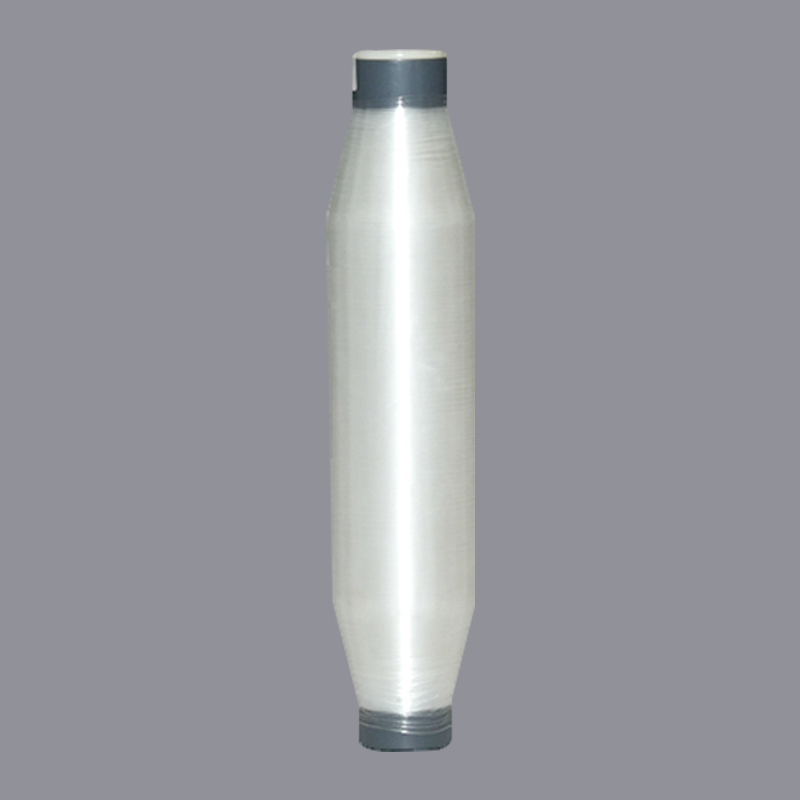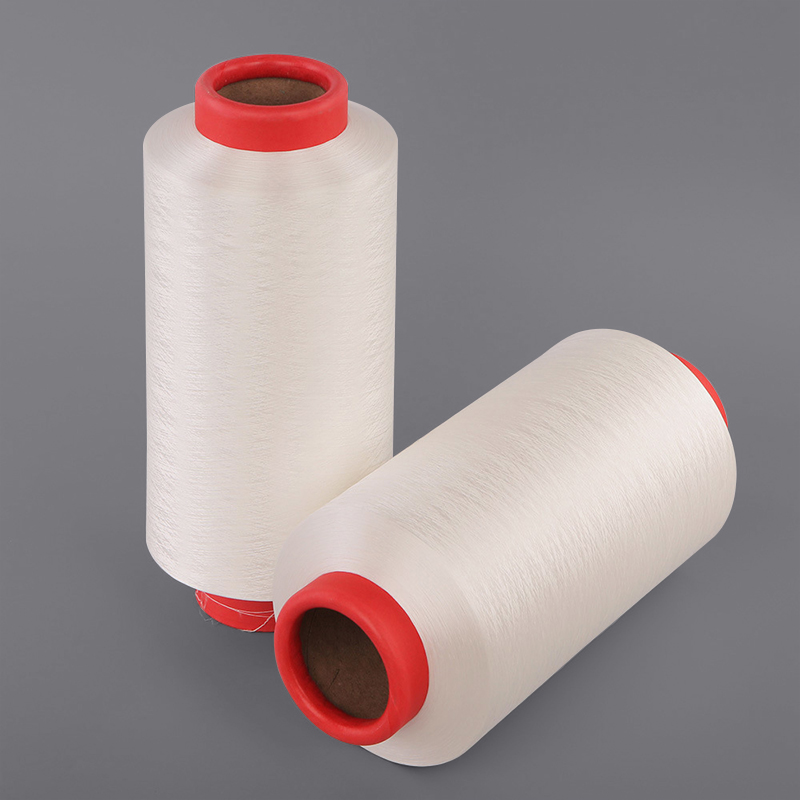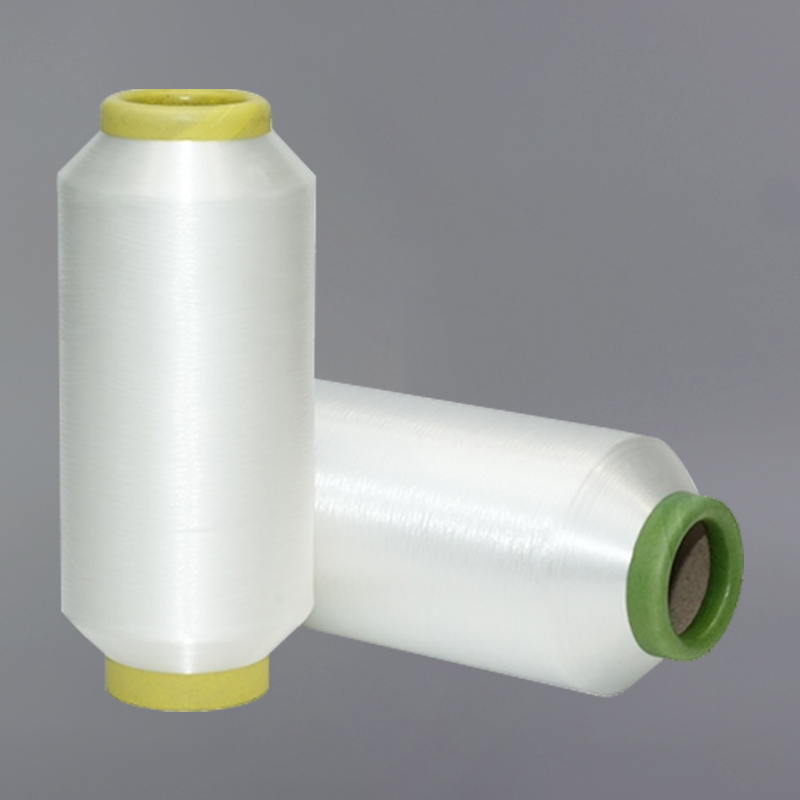Content
Definition of Anti-static Yarn
Anti-static Yarn refers to a type of functional yarn that has the ability to suppress or dissipate static electricity by adding conductive fibers or undergoing special chemical treatment. Unlike ordinary yarn, Anti-static Yarn, when woven into fabric, effectively reduces static electricity generated by friction, preventing the safety hazards caused by sparks or static electricity accumulation.
Material Characteristics of Anti-static Yarn
Currently, Anti-static Yarns available on the market are mainly produced using the following methods:
- Conductive fiber blends: Conductive fibers are added to base fibers such as polyester, cotton, and nylon to impart a long-lasting antistatic effect.
- Finishing: Chemical treatment with antistatic agents imparts a certain degree of antistatic properties to ordinary yarns.
- Functional fiber composites: Metal fibers, carbon fibers, or conductive polymers are combined with traditional fibers to provide more stable performance.

Applications of Anti-static Yarn
Due to its excellent antistatic properties, Anti-static Yarn is widely used in various industries:
- Antistatic clothing: such as work clothes in electronics factories, petrochemicals, and the medical industry.
- Home textiles: used in bedding and curtains, enhancing comfort and safety in daily life.
- Industrial fabrics: such as filter cloths and protective fabrics, helping to reduce the risk of fire or explosion caused by static electricity accumulation.
With the continuous innovation of functional fibers, Anti-static Yarn is developing towards lighter weight, greater environmental friendliness, and higher efficiency. Its application potential is particularly significant in the fields of smart textiles and high-end protective clothing. Industry experts point out that the future combination of Anti-static Yarn and smart conductive fibers will further expand its application in emerging markets such as wearable devices and smart clothing.
Anti-static Yarn is not just a common textile material; it is also an important foundation for the upgrading of functional textiles. Its widespread application not only improves safety in daily life but also provides new impetus for the high-end development of the textile industry.

 English
English 中文简体
中文简体

